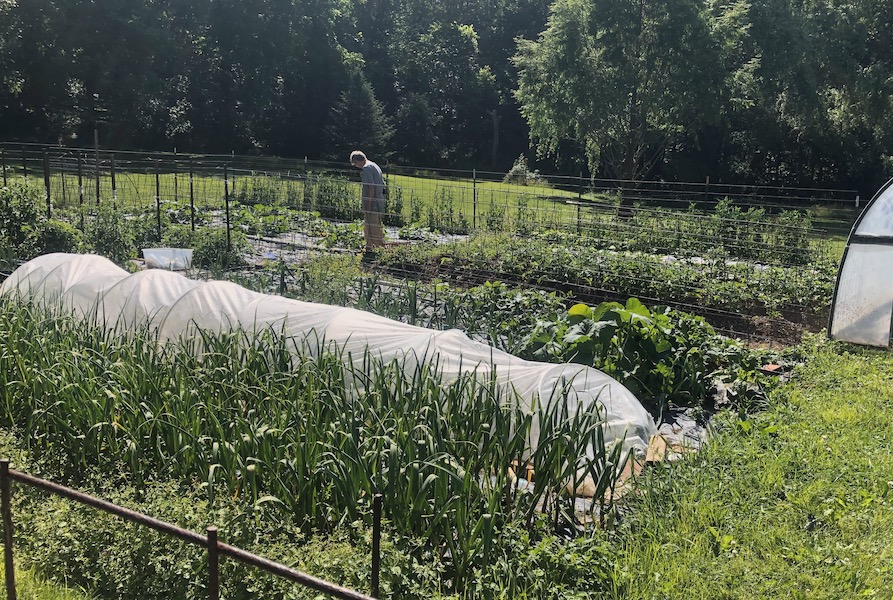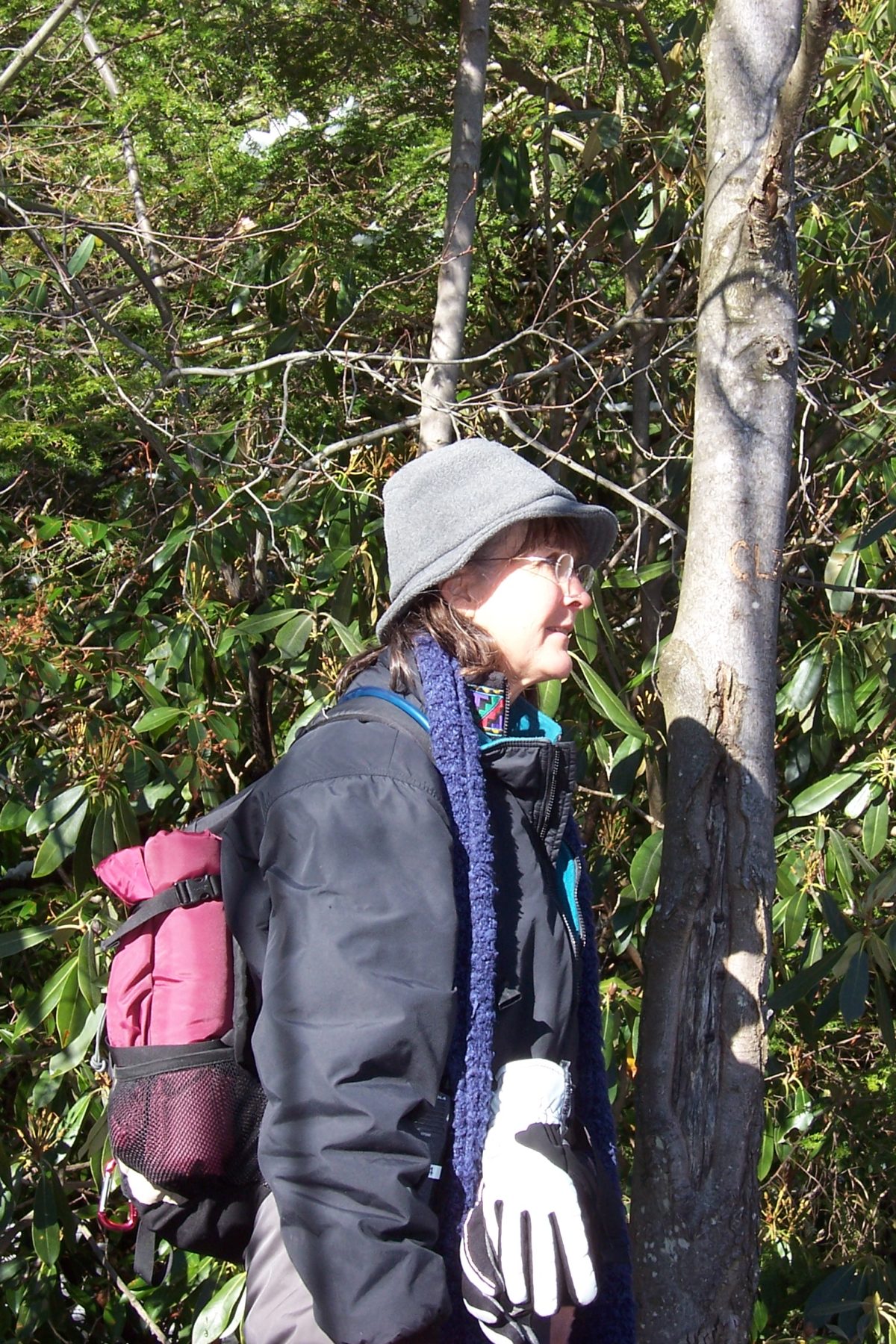By Joyce Bailey

I love my garden. The 2,500 square feet of ground becomes my universe from early spring through late fall. In the spring, I bring in truckloads of manure to add to the blanket of autumn leaves that protected the garden soil over the winter, providing homes for thousands of soil organisms, large and small, known and unknown. These soil organisms repay me with an abundance of nutrients,
By Joyce Bailey

I love my garden. The 2,500 square feet of ground becomes my universe from early spring through late fall. In the spring, I bring in truckloads of manure to add to the blanket of autumn leaves that protected the garden soil over the winter, providing homes for thousands of soil organisms, large and small, known and unknown. These soil organisms repay me with an abundance of nutrients, soft, pliable soil, and thousands of tiny tunnels and spaces for air and water to gather. I am picky about what kind of manure I bring in. My favorite is from a nearby animal rescue farm called Star Gazing Farm.
In addition to all of the nitrogen, phosphorus, and micronutrients, this manure is full of the energy of gentle gratitude and love from the animals that live there in peace, as well as the compassion of the many volunteers who help out. People tell me that the kale and leeks, tomatoes, and red potatoes that come from the garden are the best they have ever eaten, even from their local farmers’ market. How do I do it? Although I would love to take credit, the truth is I do very little. It’s all in the energy. I just move this loving, nutrient-filled energy from one place to another with my little red truck and a couple of shovels.
I start rooting sweet potatoes in mid-January as dreams of summer fill my heart during the long, dark, cold winter days. I carefully select the best sweet potatoes from the previous summer to be the source of this year’s crop. Tiny tomato and pepper seeds have to wait until mid-February before they are placed in small pots with a little soil and a gentle pat to wake them up to their new life. They get their humble start on my living room radiator and finish up in our hoop house in April. It’s quite a journey for an organism with no legs, but I am their devoted servant. Each type of seed selected for planting is the product of much reflection. How did the crop do last year? Should I try something new this year?
Weeding is a constant from early spring through late winter, even with “green mulch” of oats and peas, black plastic mulch covers, newspaper, and grass clippings. Weeding takes patience, persistence, and understanding born out of years of examining all the seedlings that emerge in the growing season. Is it a weed? Or is it a seedling worth cultivating, something that will contribute to the happiness of family and friends and others who are hungry and appreciate good fresh vegetables?
There are many visitors to the garden, from the toads and snakes that live under the mulch covers to invasive white cabbage moths that love kale, can eat a whole row down to its nubs, and then take a nap nestled in the stem of the plant innocently and peacefully. All guests are welcome. The beneficial ones are encouraged to stay, and the destructive ones are let go. No pesticides or herbicides are used because everything is connected, and what hurts one can hurt many other unintended targets.
Fall is a frenzy of harvesting, canning, drying, and freezing by humans and intense consumption by insects—each of us trying to gather as much as we can before the cold weather comes. Finally, the colder weather settles in, and the last crop of fall greens, garlic, onions, and bok choy comes in to feed us and our friends through February.
I know my garden well; I have worked the soil and watched it grow, day after day, for years on end. I take great pleasure in spending time there, working, observing, enjoying the sunshine, listening to the calls of the hawks overhead, and watching for the first monarch of the season. It is easy to be present in the garden, surrounded by gentle cycles of birth and death.
I would like to know my own mind this well: to examine in detail what fertilizers I am bringing to the garden of my heart; to become familiar with all the variations of weeds that grow there, some large, some small; and to understand how to gently remove the weeds, thank them for their presence, and let them be transformed into soil and then into a peanut. I would like to cultivate nourishing seeds and share these fruits of my practice with others. I would like to be a refuge for all manner of thoughts and feelings, and to be a solid presence in the face of all kinds of passing weather—warm spring days, pelting rains, cool summer nights, and weeks of drought.
May all our days as gardeners of vegetables, flowers, thoughts, and feelings be peaceful, happy, and fruitful.

Joyce Bailey, True Manifestation of Wisdom, practices with The Mindfulness Practice Center of Fairfax in Fairfax, Virginia, US. A retired high school science teacher, she enjoys spending time in her garden, especially with her husband, Woody, and their grandchildren. She also hosts a monthly meditation in her hometown of Barnesville, Maryland.

